Northwest Ohio Tri-State Chapter - 9/16/2023Broad-winged Hawk Kettle - Photo by Sam Cox Report by David Kline-ParkerOn Saturday, September 16th, the NW Tri-State Chapter of Ohio Young Birders Club went to Lake Erie Metropark for the Detroit Hawk Watch. Mrs. McCaskey, one of our advisors, drove Sam Cox and I, who are both members. Joel, another member, rode with Cherie Yarger the other advisor, and her husband, Mr. Yarger, who are Joel’s aunt and uncle. Ethan Walz, the last member, could not make it because he had a cross country meet. Afterwards we went to the Detroit International Wildlife Refuge. I got two birds to add to the list of birds I had never seen before: a Black-Crowned Night Heron and a Broad-Winged Hawk.
At the hawk watch we went down to the Detroit River. We met one of Mrs. McCaskey’s friends. His name is Mark Hainen. He is one of the volunteer hawk counters. While we were there, Mark helped Joel with settings on his camera so it would take better pictures. It worked! We also met Mr. Buster and three of his OYBC students from OYBC NE, which was nice. While at the river we saw three kettles of hawks, which is a big group of hawks. Two of the kettles were Sharp-Shinned Hawks, and one was Broad-Winged Hawks. Joel, Sam, and I went for a walk on a boardwalk they have there. We saw Great Egrets, Mute Swans, lots of Mallard Ducks, Canada Geese, Gulls, and Terns. At the International Wildlife Refuge we took a path down by a river. There were lots of Cormorants. It was a rookery. Sam got pooped on. Mrs McCaskey said that was good luck. Then we saw the Black-Crowned Night Herons. There were two of them. We had a lot of fun at the Hawk Watch. We were all happy that we got to see the Herons. Joel, Mrs. McCaskey, and I agreed that the heron was our favorite part. We all thought it was a good experience. All the bird pictures were taken by Sam Cox. Mr Yarger took our group photos at the river. Mrs. McCaskey took them at our pictures at our other stops.
1 Comment
Northwest Ohio Tri-State Chapter - 8/19/2023Least Sandpiper by Joel Stiver Report by Joel StiverOn August 19, 2023 a group of young birders from various regions in Ohio set out to the Lake Erie regions in search of shorebirds. The group of young people was led by Sabrewing Nature Tours guides and professional photographers, Brian Zwiebel and Jamie Cunningham. Every year around late June, shorebird migration officially begins. This calls for birders around the world to venture to areas potentially appealing to different shorebirds such as sandpipers, knots, dowitchers, stilts, and many others. Some shorebirds are even known to migrate year-round covering such far distances, only being able to lay a brood and watch their young fledge then find their way back into migration. Lake Erie is a major stop for a variety of migrating species, being a point in between their breeding grounds on the Arctic tundra and their wintering regions in Central and South America. The group explored Maumee Bay beaches for various species migrating through at the time. It ended up a successful trip, with multiple shorebirds such as the Least Sandpiper, Semipalmated Sandpiper, Lesser Yellowlegs, Sanderling, Semipalmated Plover, and non-shorebirds such as the Least Tern, Great Blue Heron, and a few Osprey. Although the shorebird species were beautiful and captivating, the main point of this trip was actually photography. Shorebird photography takes a unique perspective to really dive into their world. The tour guides taught the young birders group how to properly photograph shorebirds and the different ways to do it. Part of the experience was getting wet and sandy… calling for towels and junky clothes. Laying on the ground to be on their eye level is the ideal way to photograph shorebirds, giving you the best possible image in that scenario. Although, being on their eye level is not just for the simple purpose of taking gorgeous photographs, but to really see and study the behavior of a shorebird. Watching a Least Sandpiper dig up small invertebrates along beaches is truly phenomenal, or being in the presence of a scurrying plover in the sand shows their skeptical personality. Seeing the world how they do, really teaches a person more about a shorebird’s view on life. The group also learned more about ideal lighting and time of day for shorebird photography. To be a shorebird photographer is to be an early riser, often needing to be at the beach by sunrise to ensure the best lighting possible in a shorebird photo. The plumage on a shorebird can often shine as golden in the early morning and late evening, being a gorgeous time for photography. The later in the day, the more harsh the light is. Silhouettes can also make shorebird photos more interesting, depending on the composition.
Shorebird composition can also determine someone’s satisfaction with their photo. In the early morning, shorebirds can be photographed in almost any setting, a beach, wetland, swamp, lake, and many more areas. As the day gets later, ideal habitats to photograph shorebirds are in more shaded areas with vegetation or possibly in fields. The light gets harsher as the day goes on, making shaded areas with a green or a vivid color background better for photography. The positioning of a shorebird also impacts the whole photo. The guides explained that where the eye is looking, is the area that should have more space. The bird should be on one of the sides with available space in the direction it’s looking. In a photograph, its emphasis should never be in the middle. Overall, this makes the photo more interesting. Using the tips given, the young birders took the advice and began to practice their new photography knowledge on the shorebirds viewed. Enjoying the day, the young birders also grew in their knowledge of shorebirds. Some of the species were new to the group, learning and observing their behaviors and habitats for future reference. This attached some of the group members to shorebirds and the photography that can be done with them, drawing attention to potential future trips dedicated to these fascinating birds. Finishing up the day, the group headed into the lodge resort for lunch and more photography tips. Each student presented a few of their photos to be critiqued by the guides, allowing the students to be informed of how to improve their photography with the tips they learned during the shorebird workshop that day. In conclusion, it was a great day of education and fun for both the students and guides. |
AuthorWrite something about yourself. No need to be fancy, just an overview. ArchivesCategories |
|
THE OHIO YOUNG BIRDERS CLUB IS A PROGRAM OF BLACK SWAMP BIRD OBSERVATORY I 13551 W. State Route 2 I Oak Harbor, OH 43449 I 419.898.4070 I © 2023 www.ohioyoungbirders.org All rights reserved |
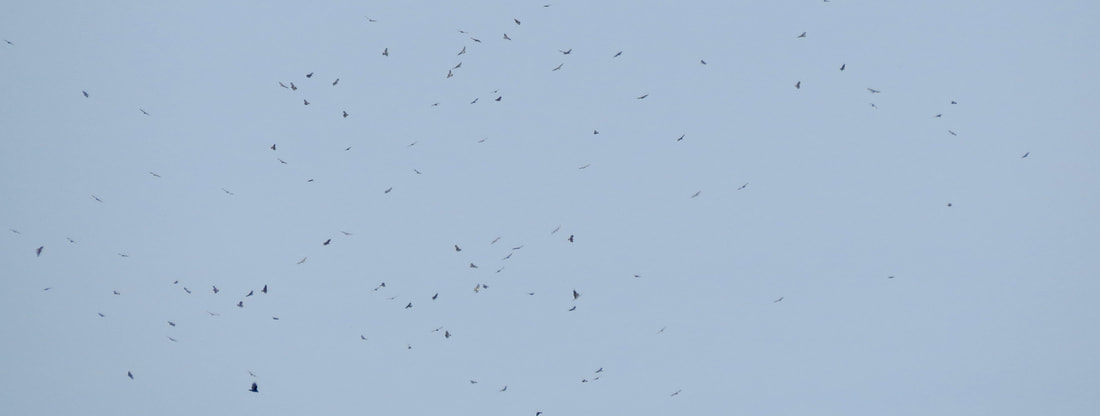
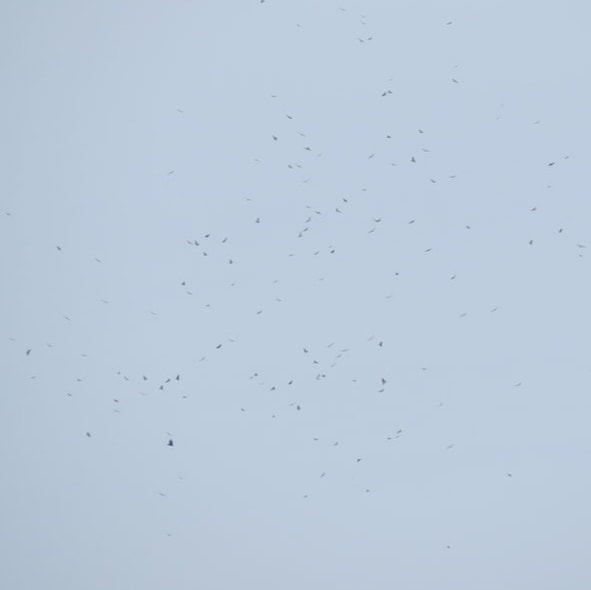
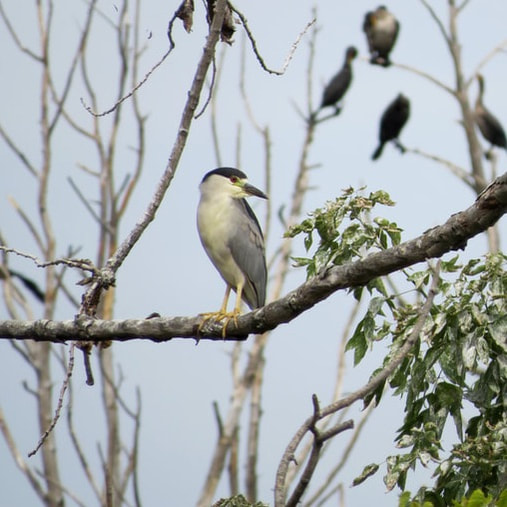
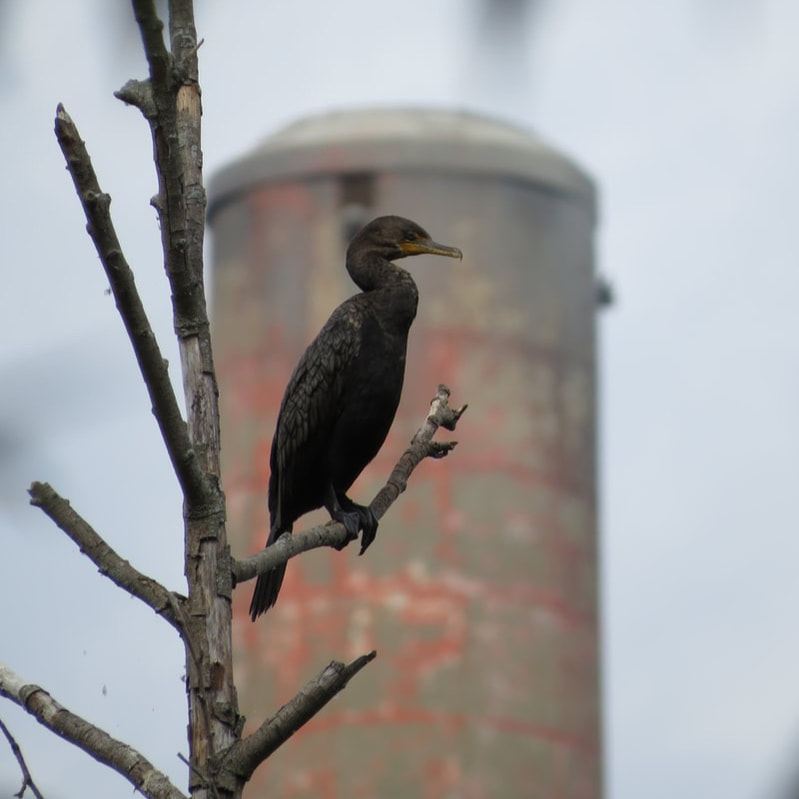
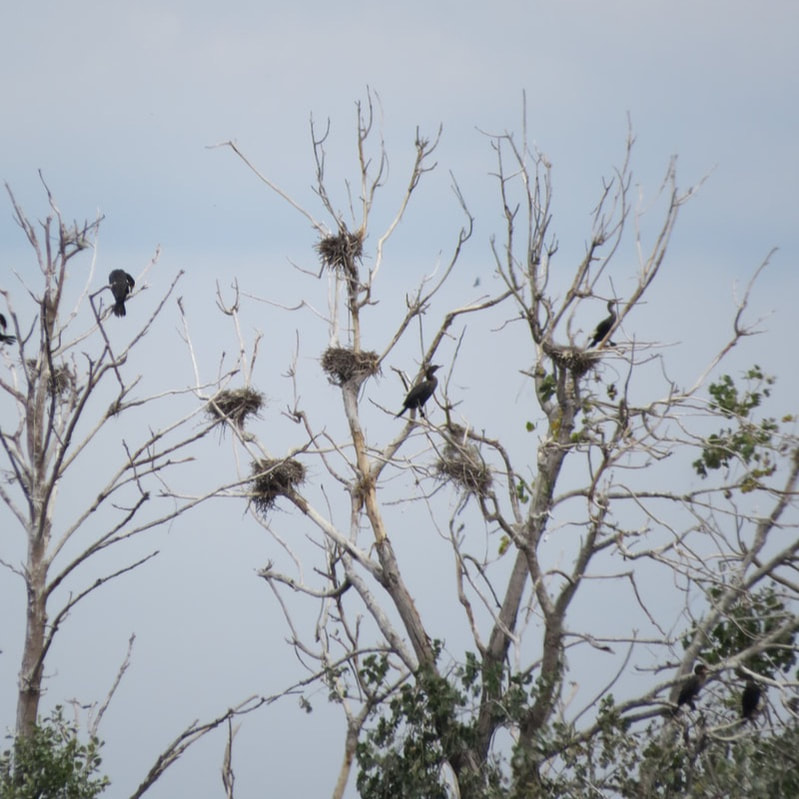
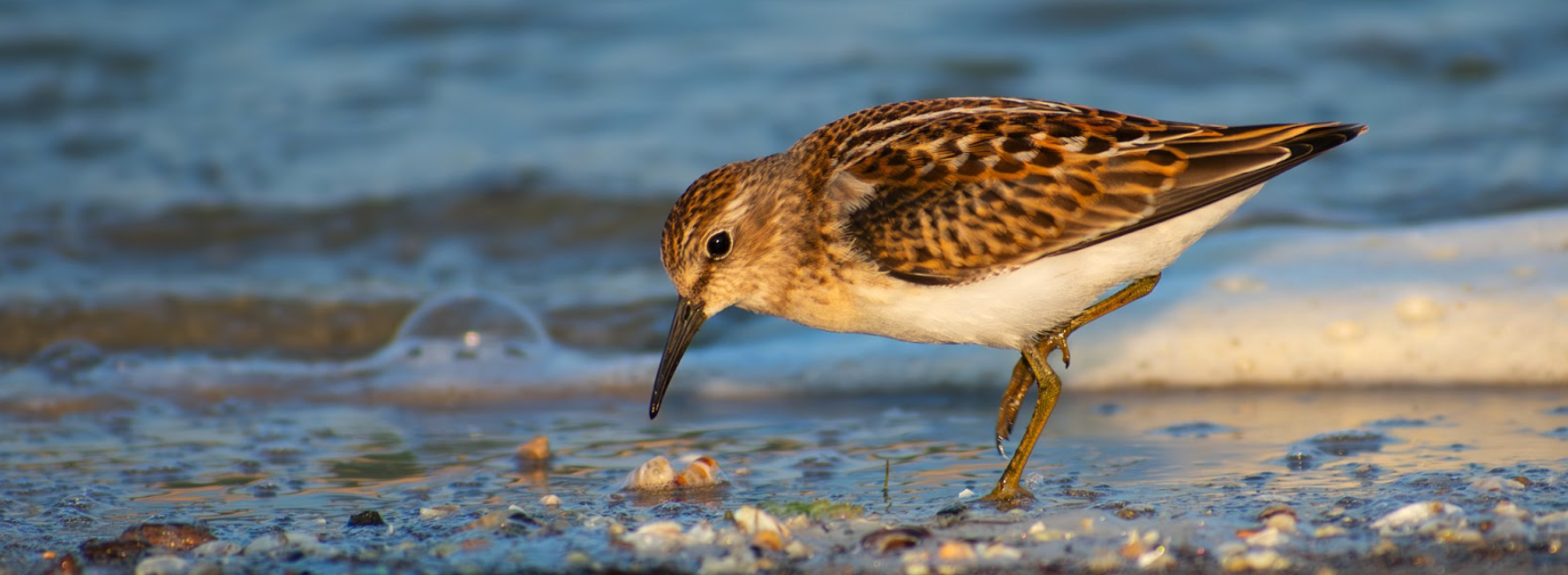
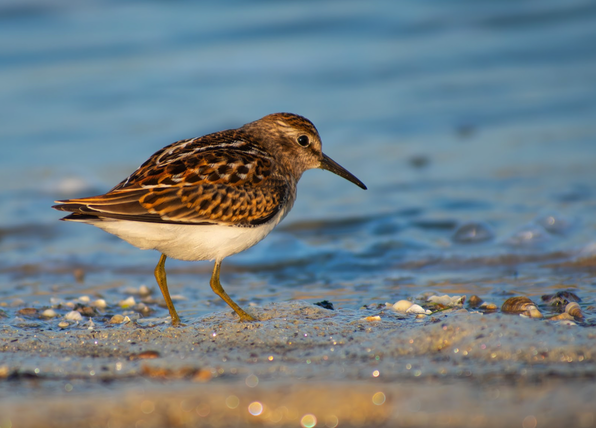
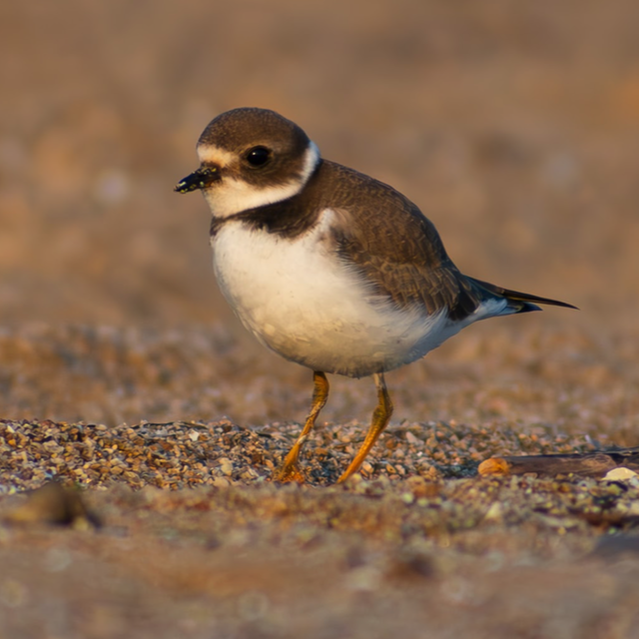
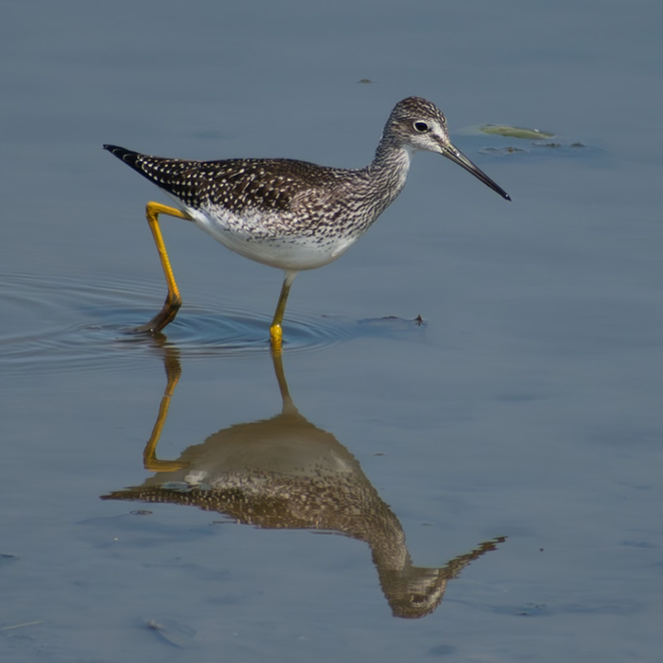
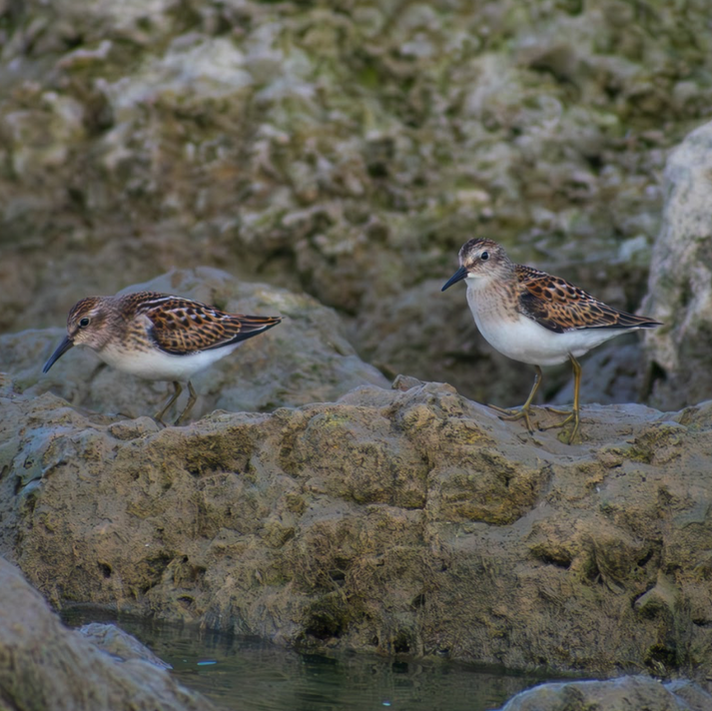
 RSS Feed
RSS Feed
